San Blas. A blend of ancient, colonial and modern, religious and decadent, peaceful and lively, traditional and new – the district is a bit of a mix to say the least. It’s a hippy hang out, an artists retreat, a backpacker’s home. It’s a tourist puller and a night-life mecca. A religious site that is home to an important parish church, and also a place where locals live in the same homes that have stood here on the same streets, high above Cusco, for centuries.
Category: "Cusco Guide"
Terraces of Moray
Some say Moray was an Inca laboratory used to test how different crops would perform at different temperatures. Others say it was a more of a nursery where crops were bred and cross-bred, varieties created and new foreign crops tested. A third group say it was just an ingenious means to grow warmer climate maíz or corn in the local cold climate. Whoever is right, this archaeological site of concentric circles of terraced farms, forming craters in the landscape, are a fascinating sight to behold.
The Andean Sistene Chapel in Andahuaylillas [Featured]
Mark of the must-see travel blog travel-wonders.com visits what locals describe as “the Sistine Chapel of the Americas”. Though he considers that a bit of a cheeky exaggeration, this ordinary-looking church on the outside does not fail to impress once you step inside.
Across from Ollantaytambo
When I first visited the ruins of Ollantaytambo, I saw the Inca store houses up on the other side of the valley across the town. There’s no way I could have climbed up there back then, I was just too exhausted. I figured I’d visit them “next time”, whenever that would be. A couple of years passed, and “next time” finally came.
Inca Pisaqa – The ruins of Pisac
High above the colonial market town of Pisac, today the gateway for many tourists to the Sacred Valley, are some of the finest Inca ruins in existence. They might not be in a location quite as beautiful as Machu Picchu, or on a scale quite as monumental as Sacsayhuamán, but the stonework here is some of the best you will ever see in Peru or elsewhere. Spanning about a kilometre or two along a mountain ridge at 3250 metres above sea level, its sections are separated by natural terrain but accessible by paths and tunnels. As you march from one urban area to another along these paths, with steep drops all the way, you can’t help but be awestruck by it all.
Barbara ends up doing the Whipping Dance [Featured]
Expat writer Barbara Drake describes how she got pulled into doing the “Whipping Dance” at 15,000 feet above sea level.
Hatunrumiyoc and the Twelve Angle Stone
The origins of the magnificent ruins of a building that we call Hatunrumiyoc are lost in time. Built with huge polygonal stones, cut and fitted with exceptional precision, it is one of the most impressive structures of ancient Cusco. Its imposing walls hide a number of surprises, from the famous 12-Angle Stone, to shapes of local animals built into the structure itself.
Kusikancha – Inca Cusco revealed
Much of the ancient layout of Cusco has been lost beneath its more recent colonial buildings. Just a few of the narrow streets with central drainage channels remain and almost nothing can be seen of the city layout known as the “chanchas”. That was, until now.
The changing face of Cusco’s plaza
From sacred imperial capital of the Incas to commercial centre home to American chains like McDonald’s and Starbucks, the face of Cusco is changing with the times.
Pre-Inca tomb found at Salapunku, Machu Picchu reserve
Archaeologists from the National Institute of Culture (INC) have found a pre-Inca tomb at the Salapunku archaeological site located in the protected area of Machu Picchu.
The Salapunku site, located above the railway line than today takes visitors to the ruins of Machu Picchu, is home to a bridges, an aqueducts and now pre-Inca tombs.
The discovery was made in the area known as Zone III and the tombs were located in a sheltered part of a rock face. The burial is thought to be of the Quillke culture that lived here before the Incas, as Quillke pottery was found alongside the bones, as well as fragments of obsidian.
Choquequirao: Cradle of Gold
Home of the insurgent remains of the Inca empire after the Spanish conquest, the spectacular mountain-top ruins of Choquequirao is a site that is becoming increasingly popular with tourists. Find out more by watching the PromPeru videos below.
Machu Picchu, the nature reserve
Machu Picchu: Its more than 32,000 hectares are home to 423 types of birds, 352 kinds of butterflies, 41 species of mammals and 13 species of river creature that are protected by the National Institute of Natural Resources (INRENA). To see them you simply need to travel along the Inca trail, which is offers the best access to the biological reserve.




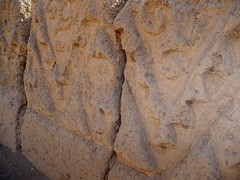
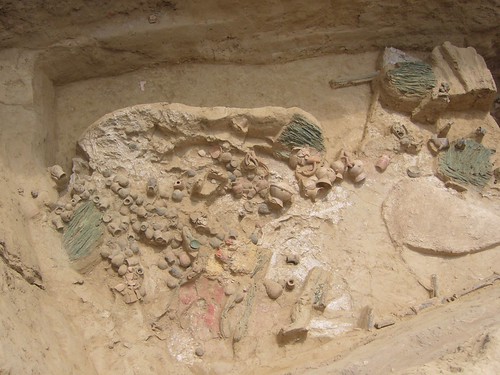
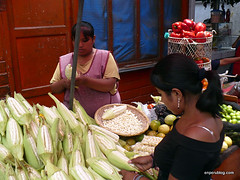
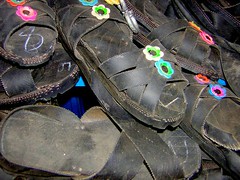
![Panettone Madness [Featured]](http://farm4.static.flickr.com/3243/3130365842_175432d5fa_m.jpg)
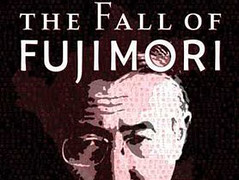
![Loosing weight in Peru [Featured]](http://farm4.static.flickr.com/3263/2894149292_88b26222f4_m.jpg)